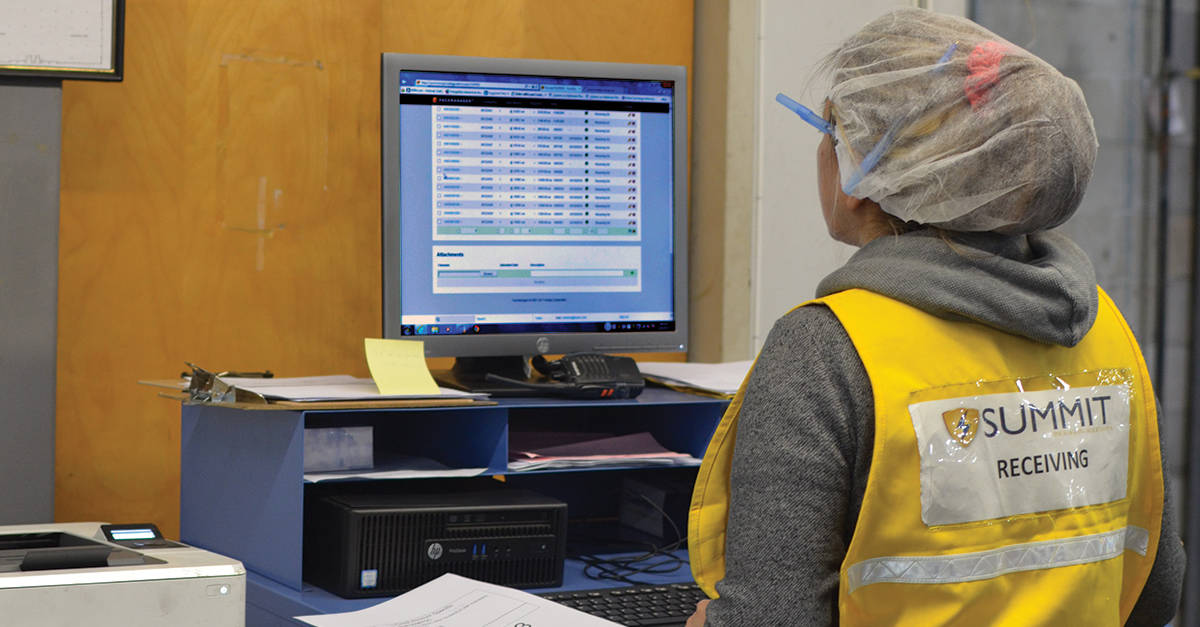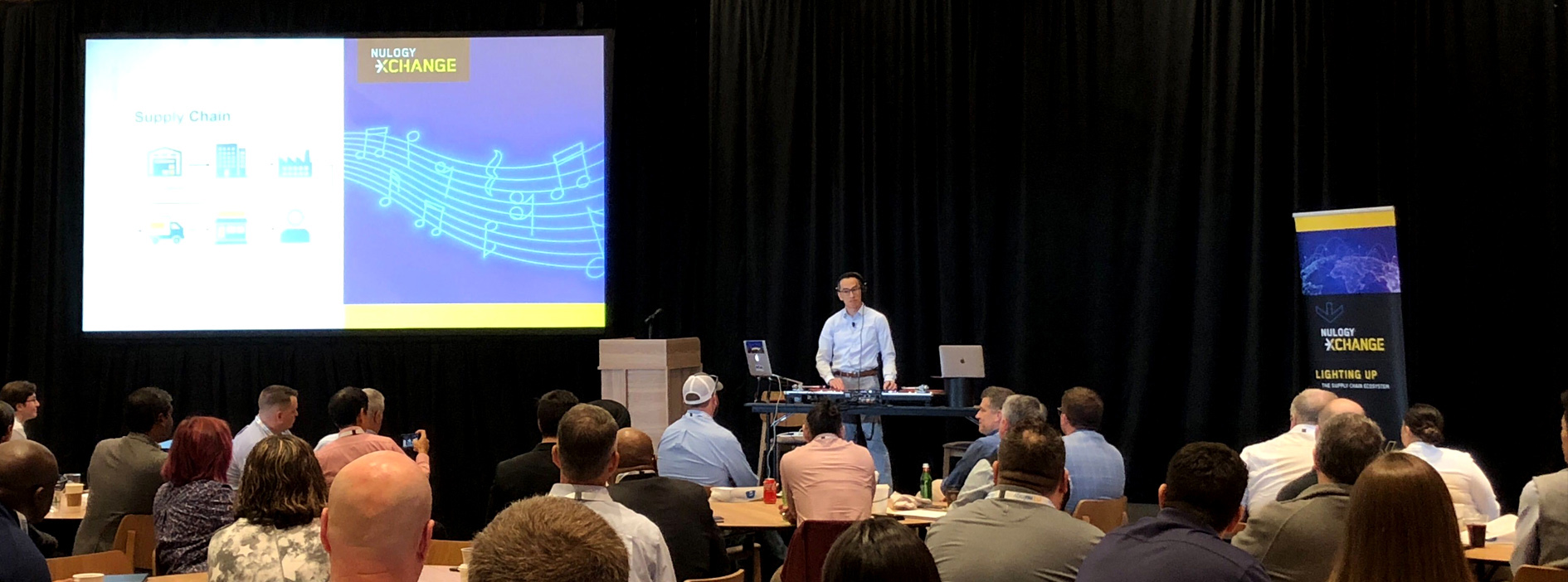This article is a summary of my thoughts shared during my guest appearance on The Stockout Podcast. Watch the full episode here.
The manufacturing industry is getting more complex by the day. As brand manufacturers increasingly outsource manufacturing and packaging processes to external partners, it is critical to ensure cohesion amongst all the suppliers, contract manufacturers, and co-packers working together to manufacture, package, and distribute products. As these manufacturing supply chains evolve from the previous era of physical vertical integration, I strongly believe that their future success lies in virtual vertical integration.
Consider what supply chains looked like in the 1940s and 1950s: manufacturing supply chains were self-enclosed worlds unto themselves. Companies were bastions of end-to-end production, housing all functions within their four walls. Every component and product was conceived and produced within the confines of a single company. This era was a time of self-sufficiency, but also of limited reach and flexibility.
As supply chains have become more globalized, with product SKUs proliferating at an exponential rate over time, traditional vertical integration of the supply chain has fallen into obsolescence. Assembly line production could no longer keep up with the multitude of product variations demanded by the consumer market.
Fast forward to the present. As the industry has matured, consumer goods supply chains have increasingly adopted outsourcing, offshoring, and leveraging third parties to fulfill orders with greater speed and agility, with internal resources focusing on the innovation and conception of new products. We have learned within the last 10 to 15 years that outsourcing supply chain processes to third-party providers makes sense in order to leverage the specialized expertise of these partners, or to enable more flexibility and agility in the enterprise.
The missing link, however, is that greater data visibility and responsiveness is needed to ensure that all parties in the external supply chain are collaborating and synchronizing to their utmost potential. Without the real-time data visibility and data flow to provide the connective informational tissue between these parties, communications can break down and vital information can fall between the cracks, causing order delays, additional costs, and damaged customer relationships.
Many brand manufacturers have attempted to close this gap with monolithic ERP and WMS implementations, which have proven to be both costly and inadequate for the needs of the external supply chain. The simple truth is that these systems were never built to support real-time collaboration across multiple enterprises.
The success of virtual vertical integration hinges on seamless synchronization between a brand manufacturer’s internal operations and its external manufacturing partners. Enabling this level of synchronization requires a purpose-built platform that effectively supports the level of real-time data visibility needed to truly connect the parties in an external supply chain. True to the term “virtual vertical integration”, external suppliers need to operate as if they are a part of the brand because they are strategically vital to fulfilling orders and meeting the product needs of consumers. The outsourced partners in a brand manufacturer’s external supply chain help keep promises, maintain integrity, and uphold service and product standards.
Enter: the multi-enterprise collaboration platform. Unlike other enterprise software systems, multi-enterprise collaboration platforms are purpose-built to provide real-time data flow between a brand manufacturer and its external partners, helping facilitate effective collaboration on order planning, materials management, capacity allocation, and more.
It is imperative that instead of viewing a supply chain as a linear sequence of nodes, as the case may have been in the 1950s, today’s supply chains are multi-tiered ecosystems that thrive on shared data flow to maximize collaboration and ensure all parties are pulling in the same direction. When all partners in an external supply chain are working from the same page, there is no confusion, goals are aligned, and success is shared. For brand manufacturers, synchronizing its internal and external processes is vital to continued long-term growth in a volatile industry. As external supply chains continue to outsource their processes in the spirit of virtual vertical integration, it is absolutely critical that they leverage multi-enterprise collaboration platforms to digitally enable their supply chains to do just that. When modern, purpose-built technology is deployed to enable today’s supply chain strategies, that is when true virtual vertical integration is achieved–and the path to success is finally paved.
Christine Barnhart is the Chief Marketing and Industry Officer for Nulogy, a leading supplier of digital supply chain solutions, which enables fast-moving consumer goods companies and their supplier communities to collaborate on a multi-enterprise platform in order to deliver with excellence to an ever-changing consumer market. Nulogy’s cloud-based platform optimizes upstream supply ecosystems composed of brand manufacturers, contract manufacturers and packagers, third party logistics providers, raw material and packaging suppliers to accelerate supply chain responsiveness and collaborate at the speed of today’s market.








